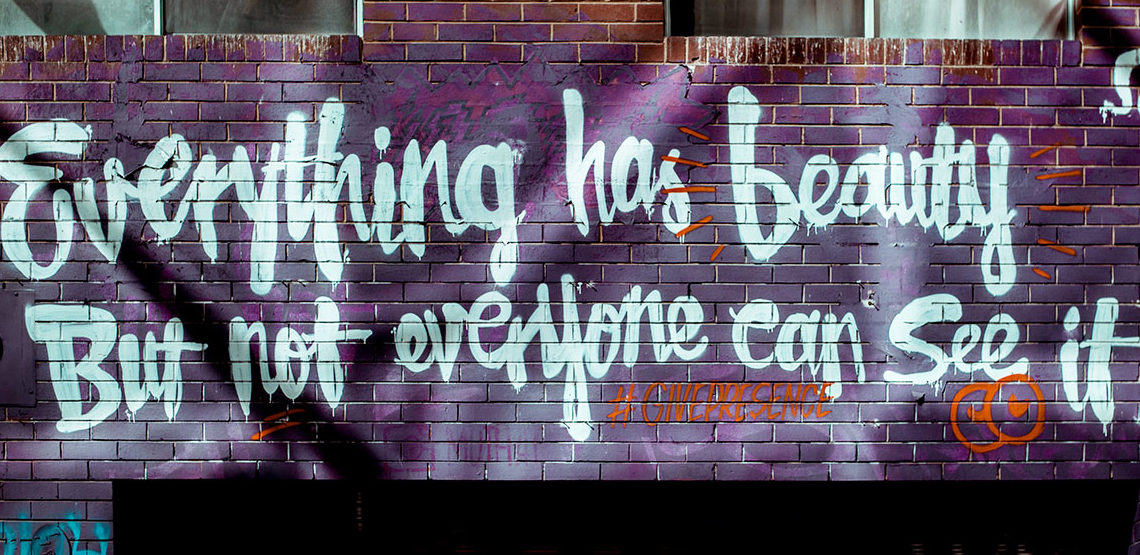Now before we get any further, I want to clarify that by comics I mean comic strips, comic books, or non-animated cartoons.
Not stand-up comedians.
Got it? Good.
I’ve written in the past about writing comic strip and book scripts for B2B audiences. I’ve even written for the Content Marketing Institute on why you should use comics to tell a compelling B2B story and how to do it.
But I’ve never really talked about comic length.
Hang on – are comics even a valid format for B2B? Aren’t they too frivolous for serious business?
We wrote a whole comic book about this, but the TL;DR unillustrated version is:
- Comics are a fun, fast way to communicate.
- The format is story focused, making it easy to put your customer at the heart of it.
- For many audiences, comics are a format they already engage with outside of work, making them an ideal way to communicate business-related content. (Just look at this coding comic strip from CommitStrip – a comic for developers.)
And if you’re thinking that comics need to be full colour and intricately designed, here’s Tom Fishburne and XKCD showing off minimalist styles that work. Taylor and Francis Online have even started turning academic papers into “cartoon abstracts”.
I’m about to use some terminology you might not be familiar with
Here’s a diagram explaining what’s what in the average comic strip:
When I say page, I mean something approximating the size of an A4 piece of paper in a portrait position. It will normally be covered in many panels.
So, which works better for B2B – long or short comics?
Well, that depends.
A comic, like any other type of marketing content, should be as long as it needs to be to get across the point it’s trying to make. Longer than it needs to be – no matter how astounding the art is, or how snappy the dialogue – a comic will lose readers’ interest pretty quick.
And not necessarily because their attention is fleeting. It could literally be because they don’t have enough time to read all of your waffle.
Waffle can also make your point may become lost, forgotten – pointless, if I may.
And then there’s the simple fact that if the comic is released digitally it could be difficult to read if it’s visually long or carries over multiple pages.
Ask yourself: How do I expect people to read this?
You need to think about how you’re planning to have people read your comic, as it will affect how you produce a long or short comic:
- Will they be reading a digital or physical copy – or both?
- Is it going to be alongside any other content?
The problem with long digital comics
While a digital version costs you nothing to print, it can make a multipage comic a pain to read, depending on page layout and dialogue.
That’s not to say you can’t have a multipage digital comic (we did), but you need to keep ease of reading in mind. Especially if there’s a chance people are going to be reading on a mobile device.
A great multipage comic will make at least make some sense if one whole page is visible on a device.
Suggestion – present one panel at a time
You could present a single panel at a time when it’s likely the comic will mostly be read on mobile devices.
When a comic is beside other content: keep it short
If the comic is going to be alongside other content, for example if it’s going to be included in a blog post, social media content, branded magazine, booklet or email: keep it short – no more than a page in length.
Suggestion – a comic poster in a fold out booklet
If you’re planning on having a comic in a fold-out booklet, you could have a highly detailed, one-page comic that’s in a poster format, and has many panels, and the booklet has other content on its pages.
(For an idea of how big you could go with a physical comic, check out what the International Cricket Council did to promote the ICC Champions Trophy.)
You know how long it’s going to be, but are you ready to write?
Have you gotten to the bare bones of your idea? You don’t want to lose your point, so cut the waffle before you start writing the script. To do that, you need to:
- Understand who the characters are in your story (hint: making the reader central to the plot helps)
- Plot out your story – what’s the beginning, middle and end – and how does it fit with what your reader cares about and the point you’re trying to make?
- Ignore dialogue for now – think about how you can convey everything visually (remember that each panel in a comic is like a frozen scene)
You read that right: ignore dialogue when you’re planning
Why? If you focus on dialogue too soon, you’ll try to rely on it too much. Comics are a visual medium. And a comic with most of its imagery covered up by word balloons filled with dialogue is boring and difficult to read.
Once you’ve got things outlined, you’re ready to really write.
Suggestion – how to find the funny side when you want to write a funny comic
Follow author and veteran B2B copywriter Sean McManus’s advice on how to find humour in industry topics:
“To find the funny side in even the driest topics, look for common misunderstandings or mistakes. Those are the kinds of things that readers will relate to, especially if you can use characters to tell that story.”
When you’re ready to write your comic script
Remember to format it clearly so your artist understands what’s happening where. I’ve got some detailed advice here on how to write and format a comic script.
When you write, remember:
- Each panel is like a single moment frozen in time – you can’t describe someone moving
- Keep dialogue under 25 words per speech bubble (less is even better)
- A panel is read in a zig-zag direction starting in the left corner, heading right
- You can use captions to describe time and place
- You can tell your artist important details about the characters and location via the script
And always:
Less is more.
Question every piece of dialogue, every action, every panel, every page – does it help to get your point across?
If it doesn’t: cut it.
Talk to us about writing business comics for you
Radix has several writers experienced in writing comics for B2B audiences. If you have a comics project in mind, we’d love to help. Get in touch and we’ll have a chat about options.
Header image from photo by Titouan Chassagne on Unsplash

